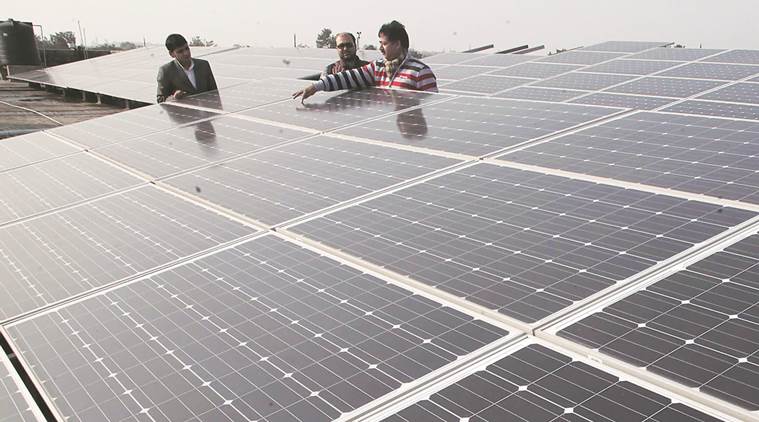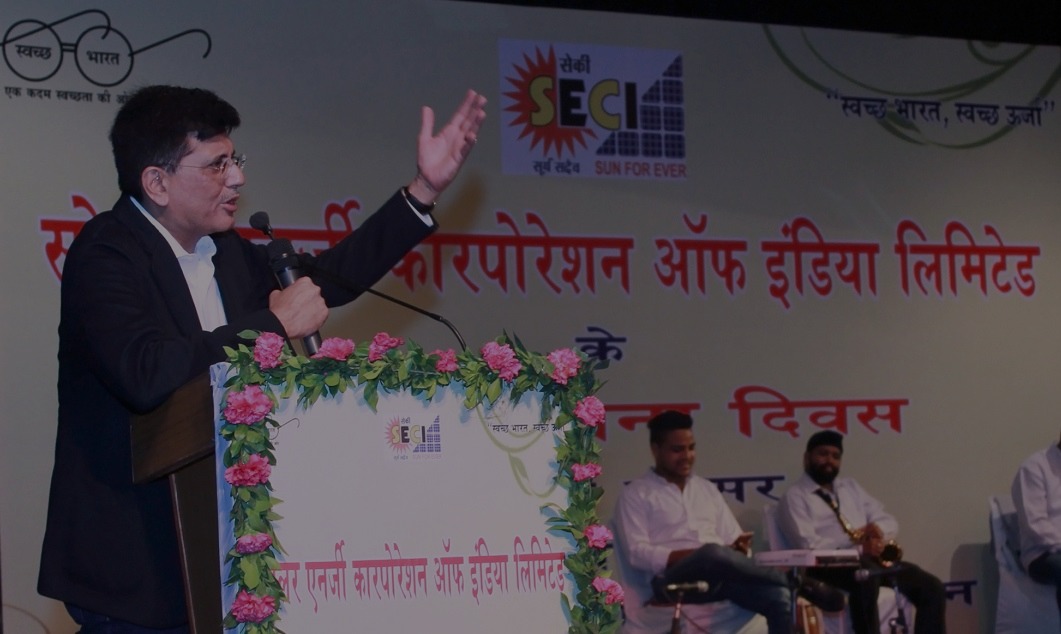Men’s cosmetics are one of the faster growing areas in the struggling retail sector.
They have moved on from the days when Robert Smith* daubed a bit of red lippy and told us that boys don’t cry.
From gunk aimed at filling out some crows’ eyes to full-on mansculpting, cosmetics firms have discovered men are just as receptive as women to newly constructed words to describe newly “invented” solutions to ageing.
But Indian men are getting something a little bit different.
Local television in New Delhi runs an advertisement from Garnier that shows a slightly bearded chap jumping off his motorbike and removing his helmet.
That’s when the voice-over tells you of a product featuring charcoal and clay that will help to “wash the pollution off”.
Welcome to India’s political capital, a city of more than 20 million that also illustrates the issues at play as it and many cities like it attempt to make the development leap without also plunging themselves into a Dickensian horror.
The past week has, even by Delhi standards, been a disaster.
Particulates have made the air of the city even deadlier than usual.
The blame is being spread outside of Delhi to rice and wheat farmers who, as usual, have burnt the stubble of their crop ahead of the new planting season.
The lack of wind across the city, coupled with a temperature inversion, has meant that rather than the “usual” smog, Delhi has been clouded to an eye-watering, lung-busting level.
For the past week, the smog has been so thick as to have kept the sun at bay. Schools have been closed, health clinics have been inundated with people suffering from respiratory and heart conditions while the Government has tried to introduce an “odds-evens” scheme to restrict the number of vehicles entering the city.
Organisers of a half marathon are under pressure to abandon the foot race, with arguments it is too dangerous for participants while United Airlines stopped flying into the capital because of the health risks.
Perhaps in one of the saddest cases of irony, a plan to use helicopters to spray water across the city was abandoned because the smog made it unsafe to fly the choppers.
Alok Deb, the director-general of an Indian defence think tank, had a tired look in his eyes when I asked him about the pollution choking his city.
“We have identified the problems. We can only hope the lessons have been driven home,” he says.
“I don’t think anyone is happy with the state of things.”
But the Garnier ad suggests it’s more than just some poor farmers unable to afford the cost of technology that would obviate the need to burn rice and wheat stubble.
Recent studies have shown children born in Delhi are effectively getting smaller as pollution makes a dent on neo-natal health.
Figures last week showed diarrhoea was the second biggest killer of all Indians: about 16 per cent of deaths come from this, with young children the most vulnerable.
Another 11 per cent die from the effects of air pollution.
Air pollution was, in 1990, the third-biggest health risk across the country. Today it is the second, only behind child and maternal malnutrition.
So perhaps it isn’t all that surprising that India, despite not being a rich nation, is focusing on ways to improve its natural environment (while also pursuing its interest in climate change).
While those who believe the way to a country’s heart is with a great big coal mine in rural Queensland, and talk of non-existent “clean coal”, they have to confront issues such as those felt daily in Delhi.
Yes, energy security is vital to lifting hundreds of millions out of abject poverty.
But there is also a cost — measured in sick children, in early deaths — if that energy is provided in a manner that only exacerbates air pollution.
While various politicians prattle on about the importance of supplying Australian coal to India, there is a clear push within India to find a way to increase energy supplies in the cleanest possible manner.
This isn’t about India going on a solar panel or wind turbine construction craze (though the Modi Government is committed to a substantial increase in renewable energy sources that would make Tony Abbott dizzy with anger).
Across parts of India today you can have your body cremated via energy generated by carbon-neutral biomass gasifiers.
If you plan to stick around a little longer, you can cure cardamom pods, dry bricks or cook the evening meal from this power source.
While coal provides close to 60 per cent of India’s total energy needs, that proportion is falling as renewables and various forms of gas (including WA-supplied LNG) feed into the nation. Like many, they believe the advent of battery storage will be the game changer .
Older migrants who were born in Britain would know the pea soupers of London that led to the premature death of hundreds of thousands.
A rich nation such as Britain addressed this by dealing with coal as a source of heating across the nation’s most important city.
Beijing is dealing with its chronic pollution issues by effectively banning coal-fired power and heating from within its city limits (while introducing an emissions trading scheme that would make Malcolm Turnbull green with envy).
And India knows it cannot let millions of its citizens needlessly die when it has many choices of energy source.
In Australia there is a vocal minority who seem to believe they can deny the evidence when it comes to climate change. Often they align with those who talk of the “necessity” for Australians to dig up coal so it can be burnt in a far-off land.
But even they would struggle to deny the issues created by pollution as they hack their way through a day on the streets of Delhi.
They need to look into the eyes of the sickly children, the saddened parents, the ailing elderly, and realise change is coming. And it is being demanded by those far poorer than ourselves.
No high priced cosmetics can hide that reality.
Source: https://thewest.com.au/opinion/shane-wright/indias-pollution-woes-show-coals-true-effect-ng-b88662854z


